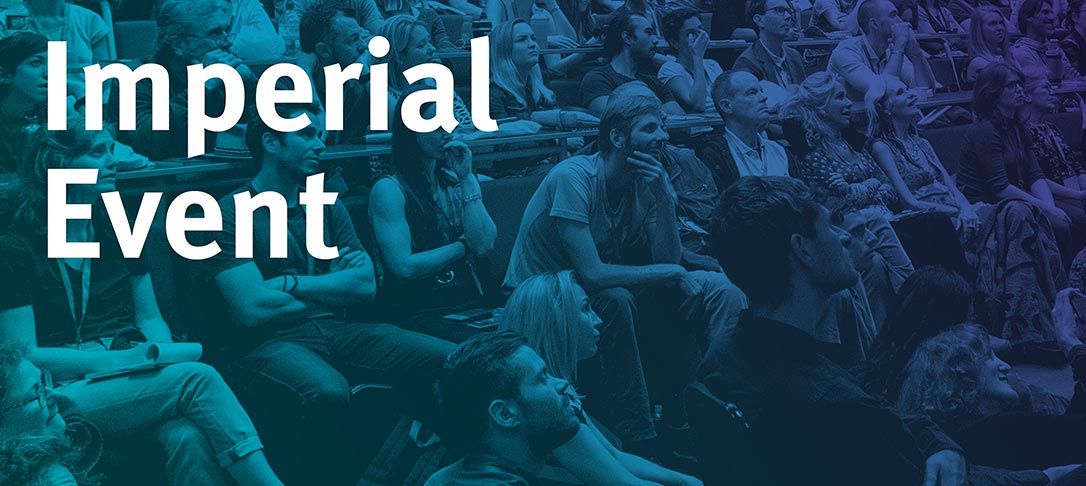
Technologies for large-scale trapped ion quantum computation
Dr Joe Goodwin, Ion Trap Quantum Computing Group, University of Oxford
Among the diverse and growing range of proposed platforms for quantum computing, trapped ion qubits retain a substantial lead in quantum logic gate fidelities and single-qubit coherence time, while recent developments have proven their capability for any-to-any qubit connectivity and remote generation of high-fidelity entanglement, mediated by single photons. Though the largest ion trap computers to-date consist of some tens of qubits, the errors in small devices are low and their sources well-understood and largely technical in origin. Combined with the potential for distributed computation across a large network of simple processor modules, the route to scalability appears increasingly clear.
However, the qubit overhead for fault-tolerant quantum computing remains formidable and even a modular architecture theoretically amenable to scaling risks suffering from a ‘Tyranny of Numbers’ similar to that faced by the designers of early classical computers. Moving towards useful networks of hundreds or thousands of ion trap processor nodes requires progress on two fronts. On one hand we must work to further improve gate fidelity and architecture optimisation to minimise complexity per logical qubit. Simultaneously, we must see a substantial shift in system engineering, foregoing reconfigurable experiments hand-built from ‘off-the-shelf’ components for reproducible processor designs emphasising simplicity of construction and reliability of operation. In this talk I will discuss some of these key remaining challenges on the path towards large-scale quantum computing with trapped ions, highlighting several examples of our work to address them.


